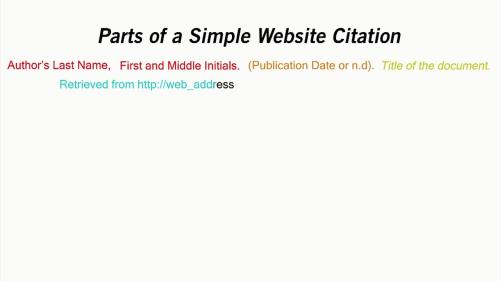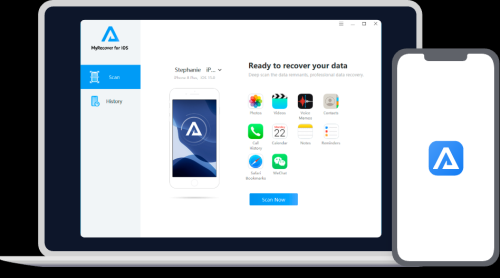How to Cite Websites Like a Pro: A Simple Guide
Students, writers, and professionals alike need the ability to cite websites in the digital age. It is important to credit your online sources when writing academic papers, creating content, or simply sharing information. This guide will teach you how to cite websites with easy-to-follow steps and examples.
Why Properly Citing Websites Is Important
Citing websites gives credit to the original authors or creators of the information you use. It ensures:
- Academic Integrity: Demonstrates honesty and respect for intellectual property.
- Avoids Plagiarism: Helps you steer clear of passing off someone else’s work as your own.
- Strengthens Credibility: This shows you’ve conducted thorough research from reliable sources.
Key Elements for Citing a Website
When citing a website, certain key elements are necessary, regardless of the citation style:
- Author(s): The name of the person or organization responsible for the content.
- Title of the webpage: The specific title of the page or article.
- Website name: The name of the overall website.
- Publication date: The date the content was published or last updated.
- URL: The full URL or web address where the source is found.
- Access date (optional): The date you accessed the information, if required by the citation style.
Common Citation Styles for Websites
There are various citation styles used in academic and professional writing. Here are some of the most common ones:
1. APA (American Psychological Association) Style
APA is widely used in social sciences and education. Here’s how to cite a website in APA format:
Format:
Author, A. A. (Year, Month Day). Title of the webpage. Website Name. URL
Example:
Smith, J. (2023, July 15). How to learn programming online. Tech Academy. https://www.techacademy.com/learn-programming
Key Notes:
- Include the full date if available (year, month, day).
- Italicize the website name and only capitalize the first letter of the webpage title.
2. MLA (Modern Language Association) Style
MLA is commonly used in humanities disciplines like literature and the arts. Here’s the MLA format for citing a website:
Format:
Author’s Last Name, First Name. “Title of Web Page.” Website Name, Day Month Year, URL.
Example:
Johnson, Emily. “Exploring Ancient Artifacts.” History Today, 25 Mar. 2022, https://www.historytoday.com/artifacts.
Key Notes:
- Place the title of the webpage in quotation marks.
- The date is written as Day Month Year.
- End with a period after the URL.
3. Chicago Style
Chicago Style is often used in history and business writing. It offers two formats: the Notes and Bibliography system and the Author-Date system. Here’s how to cite a website in Chicago’s Author-Date format:
Format:
Author Last Name, First Name. Year. “Title of Web Page.” Website Name. Accessed Month Day, Year. URL.
Example:
Lee, Alice. 2021. “The Future of AI Technology.” Tech Review. Accessed August 10, 2023. https://www.techreview.com/ai-future.
Key Notes:
- Include the access date (when you viewed the page).
- Place the year immediately after the author’s name.
4. Harvard Style
Harvard style is commonly used in academic writing. It’s similar to APA but with some key differences:
Format:
Author(s) Last name, Initial(s). (Year) ‘Title of the webpage’, Website Name, accessed Day Month Year, URL.
Example:
Miller, A. (2020) ‘Best practices in online education’, Learning Hub, accessed 5 August 2023, https://www.learninghub.com/best-practices.
Key Notes:
- Use single quotation marks around the title.
- Always include the access date.
Step-by-Step Guide to Citing a Website
- Find all the necessary information: Ensure you have the author’s name, webpage title, website name, publication date, and URL.
- Choose your citation style: Confirm which citation style you are required to use (APA, MLA, etc.).
- Format your citation: Use the proper formatting rules for your selected style.
- Double-check your citation. Ensure all the details are correct and in the right order.
- Add the citation to your bibliography: Place your citation in your references or works cited section as per the guidelines.
Key Takeaways
- Proper citation ensures credit to the original author and helps avoid plagiarism.
- Each citation style has its own format, so it’s essential to use the correct one.
- Gather all required elements: author, title, publication date, website name, and URL.
- Pay attention to details like punctuation, capitalization, and the order of elements.
Frequently Asked Questions (FAQs)
1. What do I do if there is no author listed for a webpage?
If no author is listed, you can begin the citation with the title of the webpage, followed by the rest of the citation elements.
2. Do I need to include the access date in my citation?
Some citation styles, like Chicago and Harvard, require the access date. APA and MLA usually don’t unless the webpage is likely to change over time.
3. How do I cite a webpage with no publication date?
If there is no publication date, you can use “n.d.” (no date) in place of the year. For example: (n.d.).
4. What should I do if the webpage I want to cite is in PDF or another document format?
If the webpage is a downloadable document like a PDF, cite it as you would a regular webpage, but note that it’s a PDF in brackets if required by the citation style.
By following these simple steps and using the appropriate citation style, you’ll be able to cite websites like a pro. Whether you’re writing a research paper, a blog post, or a business report, correctly citing your online sources will enhance the credibility of your work and ensure academic integrity.




